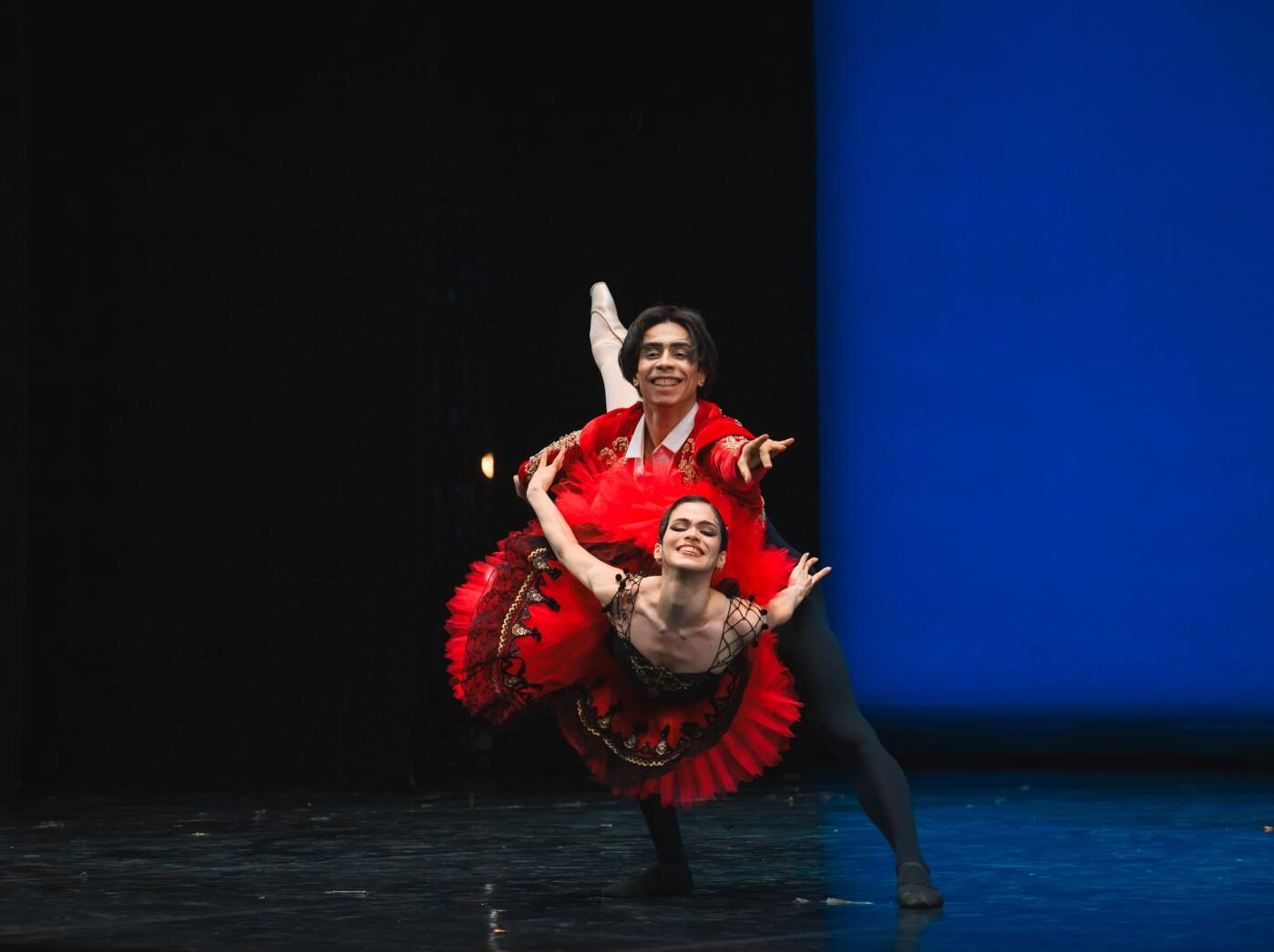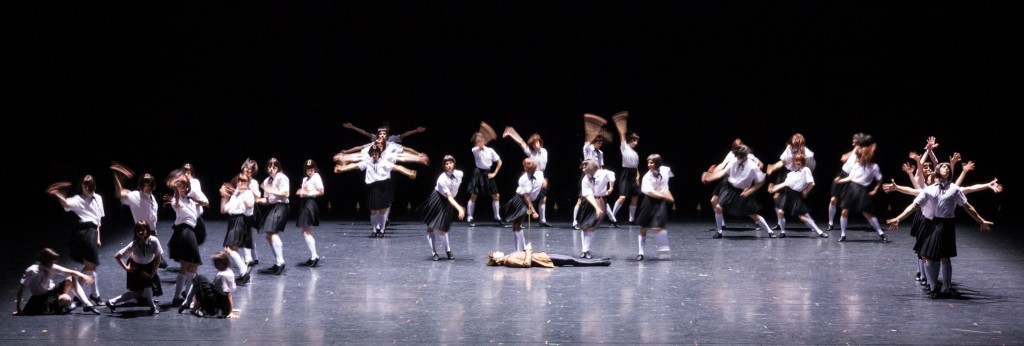Ian Whalen
Dresden, Germany
August 2015
by Ilona Landgraf
Copyright © 2015 by Ilona Landgraf
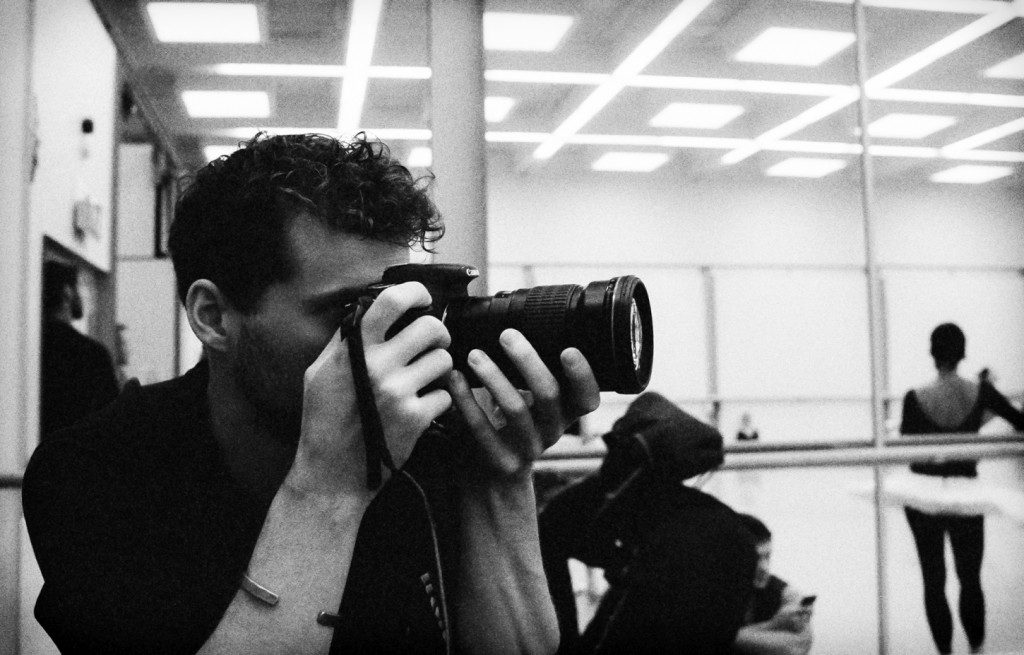 A picture paints a thousand words, within milliseconds attracting attention, evoking emotions, and subconscious opinions, – or, if poorly chosen, leaving no trace or, worse, an unintended impression. Its impact is enormous, especially in a highly visual art such as dance. An art in itself, dance photography, as well as videos, transports a production’s atmosphere and the story behind it to a wider public, hopefully attracting people.
A picture paints a thousand words, within milliseconds attracting attention, evoking emotions, and subconscious opinions, – or, if poorly chosen, leaving no trace or, worse, an unintended impression. Its impact is enormous, especially in a highly visual art such as dance. An art in itself, dance photography, as well as videos, transports a production’s atmosphere and the story behind it to a wider public, hopefully attracting people.
Yet advertising goals are only one aspect. Beyond advertising, dance photos must document a work. That they show the dancers at their best should be self-evident. Yet it isn’t. The quality of photos available for press purposes differs considerably. It can happen that a production has the most gorgeous costumes and set, but that the photos are bland and of run-of-the-mill quality. Or that only few photos provided show solely the leading couple, at worst in boring standard poses. Supporting roles and the corps sometimes seem invisible to the one behind the camera. But there are also many companies which place high value on pictures, aware that they greatly influence their public image.
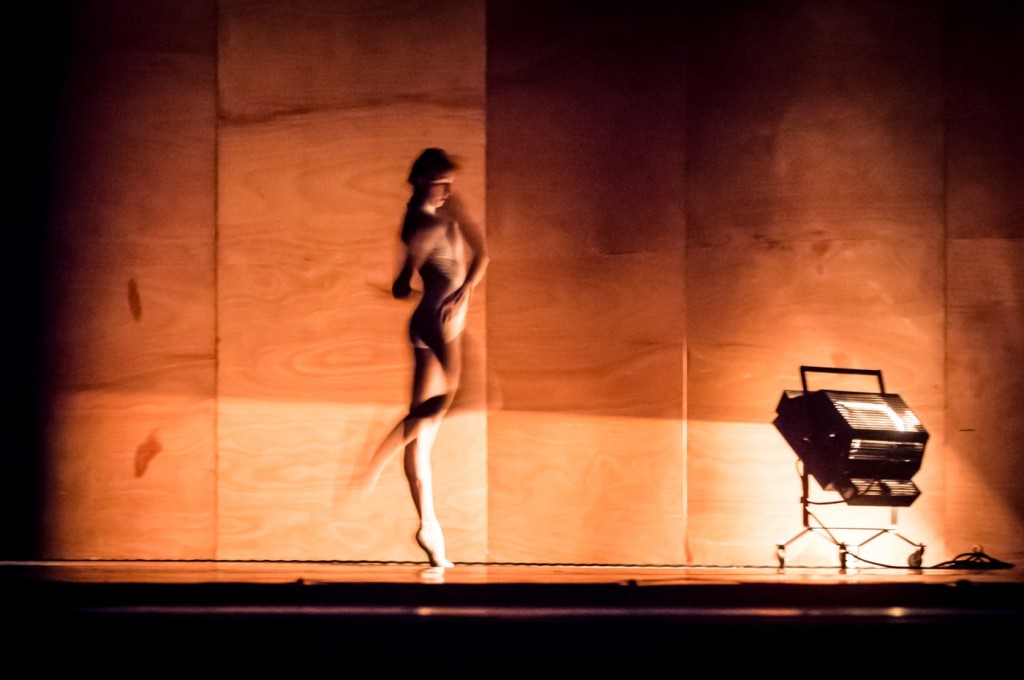 The Semperoper Ballet in Dresden falls into this category. Since 2013 Ian Whalen has been in charge of representing the troupe and its repertory photographically and on film. We met in Dresden before the start of the new season to talk about his career and his artistic vision.
The Semperoper Ballet in Dresden falls into this category. Since 2013 Ian Whalen has been in charge of representing the troupe and its repertory photographically and on film. We met in Dresden before the start of the new season to talk about his career and his artistic vision.
As a dance photographer Whalen benefits from having been a professional dancer himself: “The skills required are quite equal. It is a way of recognizing and capturing an image of aesthetic for which dancers are trained for from a very young age on. Your mind is already prepared and ready for that. You have established musicality, you can recognize a preparation, you know what will happen next. I’m able to anticipate the right moment for the click.”
Born in Washington, D.C. Whalen enrolled there at the Kirov Academy of Ballet at the age of twelve. “Back then my mother worked as a costume designer for various theaters and she used to take me to the Kennedy Center every month. I pretty much saw everything going on there, opera, concerts, ballet and so on. Being exposed to so much theater at a young age sparked my decision to start dancing. I worked with dedication and focus and, when seventeen years old, I went to Vienna 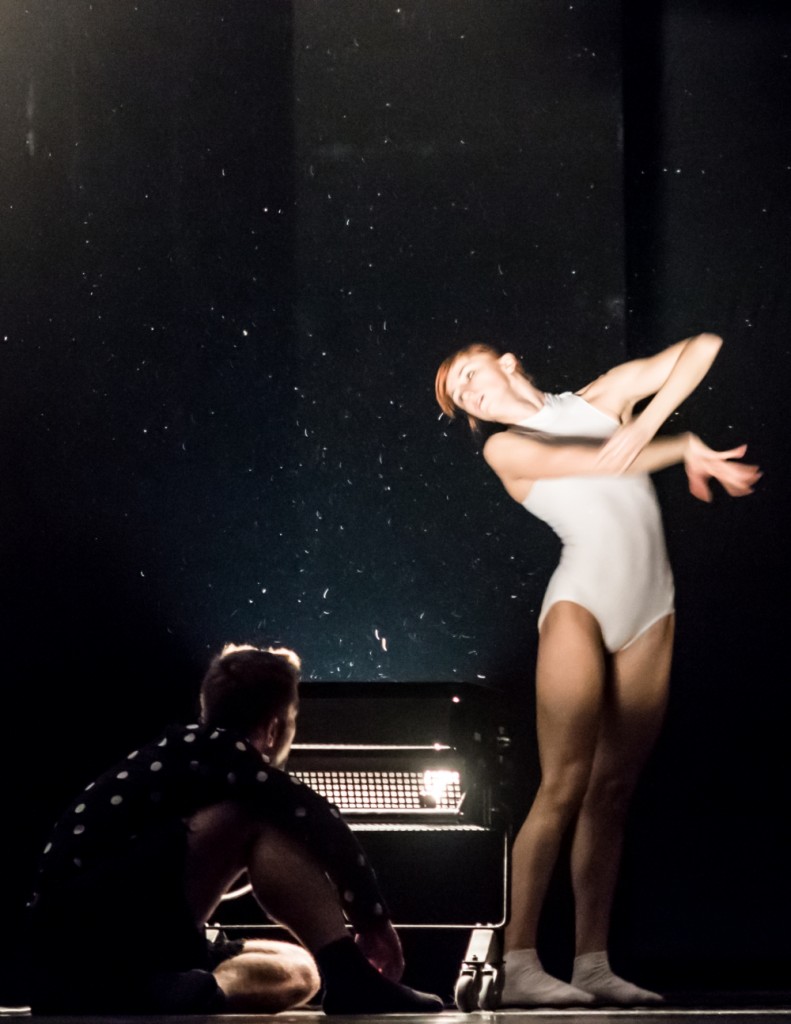 State Ballet.” Asked what attracted him to Europe he says that, after graduation, he indeed had several opportunities in the US. Among others ABT Studio Company and Boston Ballet II offered him jobs. But none of them would have been paid. Instead young dancers were expected to work one or two years for free.
State Ballet.” Asked what attracted him to Europe he says that, after graduation, he indeed had several opportunities in the US. Among others ABT Studio Company and Boston Ballet II offered him jobs. But none of them would have been paid. Instead young dancers were expected to work one or two years for free.
This is a strategy most big companies in the US pursued back then. Perhaps the practice has changed but is confusingly varied. In Germany the dancers of the National Youth Ballet get, by comparison, a moderate salary and the ones of the Bavarian State Ballet II live on scholarships.
“I had no choice”, Whalen states. “How could I have sustained myself in Boston? Let alone in New York? Dancing in the US without salary is an upper class world. There are a few exceptions but many young dancers come from affluent families. Otherwise it is not possible.”
Taking part in an array of competitions throughout Europe, sixteen-year-old Whalen was invited to audition for Vienna State Ballet and joined the company in 2005. Three years later, in 2008, a former colleague and close friend who meanwhile had joined the Semperoper ensemble, suggested that he also move to Dresden. At that time Aaron S. Watkin, the Semperoper Ballet’s artistic director, was in his second season and already had put the company on an interesting, innovative course.
From 2008 on Whalen danced in the corps. Due to his classical training at the Kirov Academy he felt most at home with the classical repertory. Becoming also familiar with contemporary choreography challenged him. Yet most enjoyable was the repertory in between both styles. For example he loved David Dawson’s and Johan Inger’s neoclassical pieces. “David’s choreography was one of the most challenging ones I was ever faced with and I never felt that I did it justice. I think that is one of the reasons why his choreography is so important today because it truly challenges dancers of all different levels and backgrounds. It forces one to grow.”
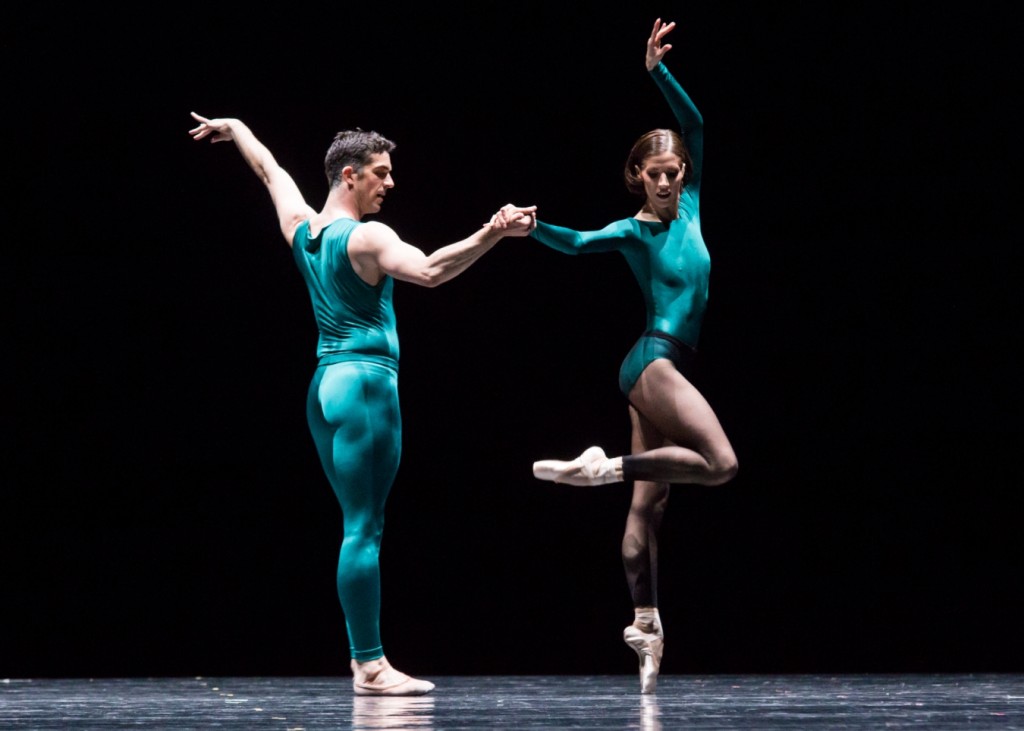 But five years later, in 2013, Whalen realized that dancing was not as fulfilling for him as it once had been. The work had become colorless. At that time he already was very much involved with taking photos for the company and, when Watkin offered him the opportunity to be the resident company photographer, Whalen didn’t hesitate in accepting. Though being only twenty-five-years of age, never having been severely injured, and not being driven by any physiologic motivation he decided to stop dancing. “I had to find out if I could do something else. As a dancer I had had all experiences I wanted to have. I never saw myself as a principal, as the one in the center of attention. That wasn’t what I was interested in.” Nevertheless Whalen remembers the transition period as terrifying. Stepping out of a secure job and taking over the reins of his own career needed courage. “But if you are able to survive as a professional ballet dancer, then you can function at a pretty high stress level and are able to survive in many fields. Dancers always push themselves to be better and strive for perfection which actually is unattainable. On the one hand that is great, on the other hand also tragic. But dancers often aren’t aware of the many skills they have. I only noticed this from the outside perspective.”
But five years later, in 2013, Whalen realized that dancing was not as fulfilling for him as it once had been. The work had become colorless. At that time he already was very much involved with taking photos for the company and, when Watkin offered him the opportunity to be the resident company photographer, Whalen didn’t hesitate in accepting. Though being only twenty-five-years of age, never having been severely injured, and not being driven by any physiologic motivation he decided to stop dancing. “I had to find out if I could do something else. As a dancer I had had all experiences I wanted to have. I never saw myself as a principal, as the one in the center of attention. That wasn’t what I was interested in.” Nevertheless Whalen remembers the transition period as terrifying. Stepping out of a secure job and taking over the reins of his own career needed courage. “But if you are able to survive as a professional ballet dancer, then you can function at a pretty high stress level and are able to survive in many fields. Dancers always push themselves to be better and strive for perfection which actually is unattainable. On the one hand that is great, on the other hand also tragic. But dancers often aren’t aware of the many skills they have. I only noticed this from the outside perspective.”
Now, two years after his farewell, Whalen is absolutely convinced he took the right step, taking over responsibility for his career. During his last period as a dancer he had almost lost the ability to differentiate between what he enjoyed dancing and what he liked to watch as an audience member. This was a clear signal to him that the situation had to change. Meanwhile this problem sorted itself out. Asked what kind of pieces he prefers to watch, Whalen says particularly art that one can project oneself into would speak to him. “Seeing one’s reflection in someone else’s creativity is beautiful. It gives the opportunity to learn something about oneself. For example Johan Inger’s “Empty House” offers plenty of opportunities to relate to. Also Jiří Kylían’s “Bella Figura” or “Petit Mort” have wonderful moments of intimacy, intimacy in terms of a simple worship of form, which is very genuine.”
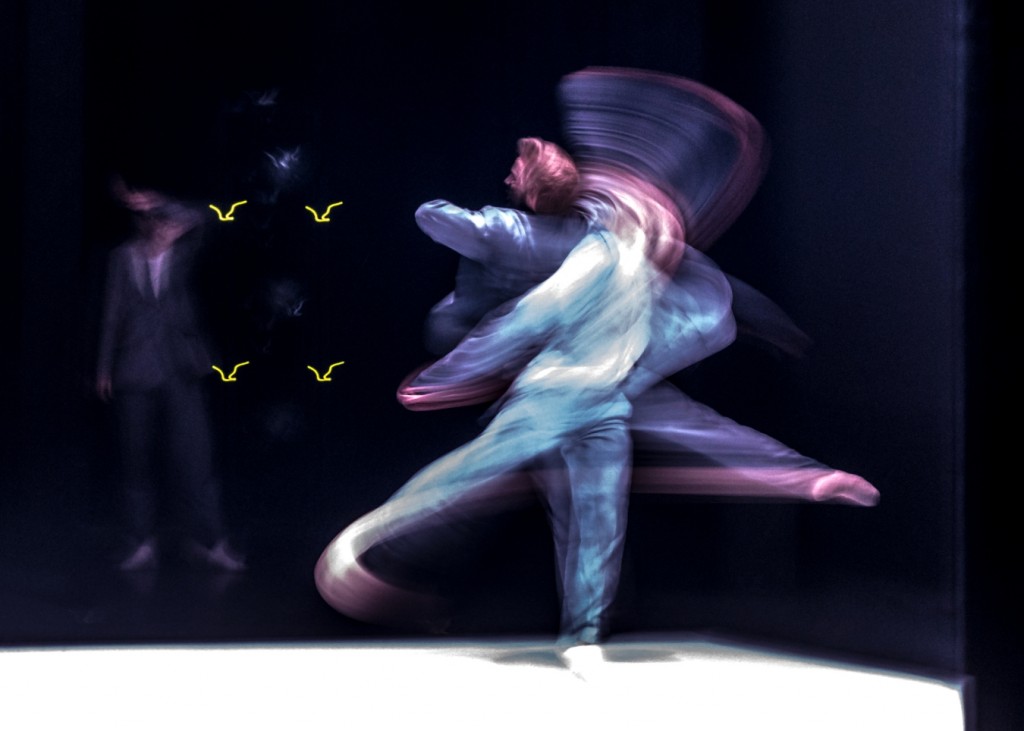 One key aspect when taking photos of dance is how to deal with movement. “Should the moment be frozen? It would be accurate but it won’t convey the same experience a person has when watching.” Of course there are poses and tableaux the dancers pass through, which can be depicted, but as a whole dance is alive, not a still life. That is what Whalen’s photos aim to project, although he confesses that originally he had tried to freeze everything. Once one masters the mathematics of calculating the technical elements, freezing movement is no problem. It was a learning process to realize that the resulting pictures don’t communicate the moment on stage.
One key aspect when taking photos of dance is how to deal with movement. “Should the moment be frozen? It would be accurate but it won’t convey the same experience a person has when watching.” Of course there are poses and tableaux the dancers pass through, which can be depicted, but as a whole dance is alive, not a still life. That is what Whalen’s photos aim to project, although he confesses that originally he had tried to freeze everything. Once one masters the mathematics of calculating the technical elements, freezing movement is no problem. It was a learning process to realize that the resulting pictures don’t communicate the moment on stage.
He experiments with long exposures to get the movement, a technique which produces fantastic geometrical shapes and weaving patterns of light. Using only that method leads to very interesting shots like the one of Jón Vallejo in Pontus Lidberg’s “Im anderen Raum” (“In another sort of room”, above), but, as Whalen points out, this would be the other end of the spectrum and also not representative of what happens on stage. When shooting a performance he 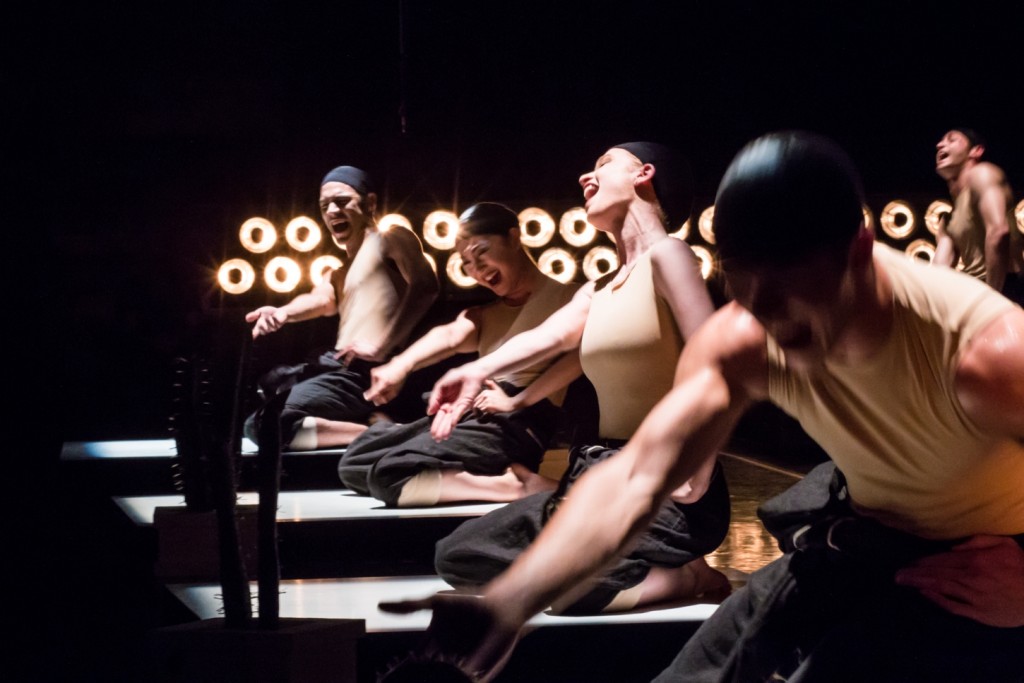 instead has to balance between abstraction and documentation. The human component has to be preserved, emotions should be conveyed. That is why he is careful about depicting faces, evocative yet with still recognizable expressions like he did in the shot of the Semperoper Ballet’s ensemble in Alexander Ekman’s “Cacti” (right) which was taken from the wings.
instead has to balance between abstraction and documentation. The human component has to be preserved, emotions should be conveyed. That is why he is careful about depicting faces, evocative yet with still recognizable expressions like he did in the shot of the Semperoper Ballet’s ensemble in Alexander Ekman’s “Cacti” (right) which was taken from the wings.
As often happens some photos become special when one discovers their stories. The shot from William Forsythe’s “In the Middle, Somewhat Elevated” was, for example, taken shortly before the curtain went up. Everyone did what he or she needed to prepare for the show, but for Houston Thomas, the man turning, the moment was extraordinary. 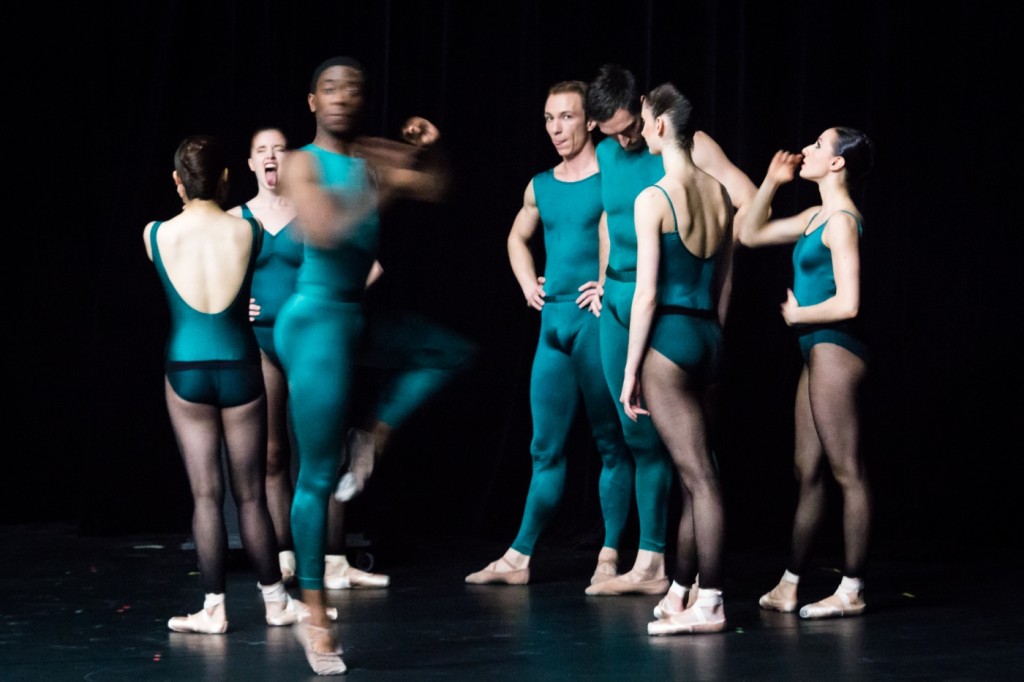 Just fifteen minutes before, he had learned that he had to replace another dancer and hence unexpectedly faced his premiere in this piece.
Just fifteen minutes before, he had learned that he had to replace another dancer and hence unexpectedly faced his premiere in this piece.
“I shot ‘In the Middle, Somewhat Elevated’ many, many times last season, keeping my eyes open for the most interesting moments. The second Elena [Vostrotina] flexes her foot is gone in a blink. It took me five times to get the right shot – her face, Raphaël’s [Raphaël Coumes-Marquet] reaction and additionally the flick of the foot in the right angle.”
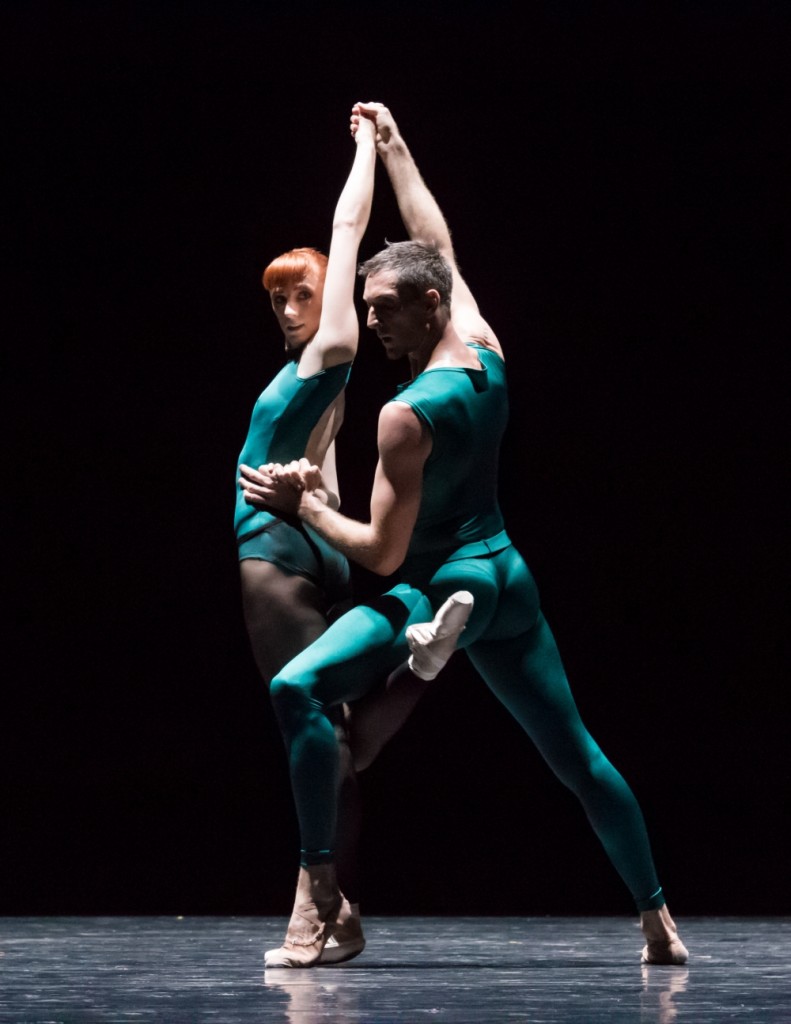
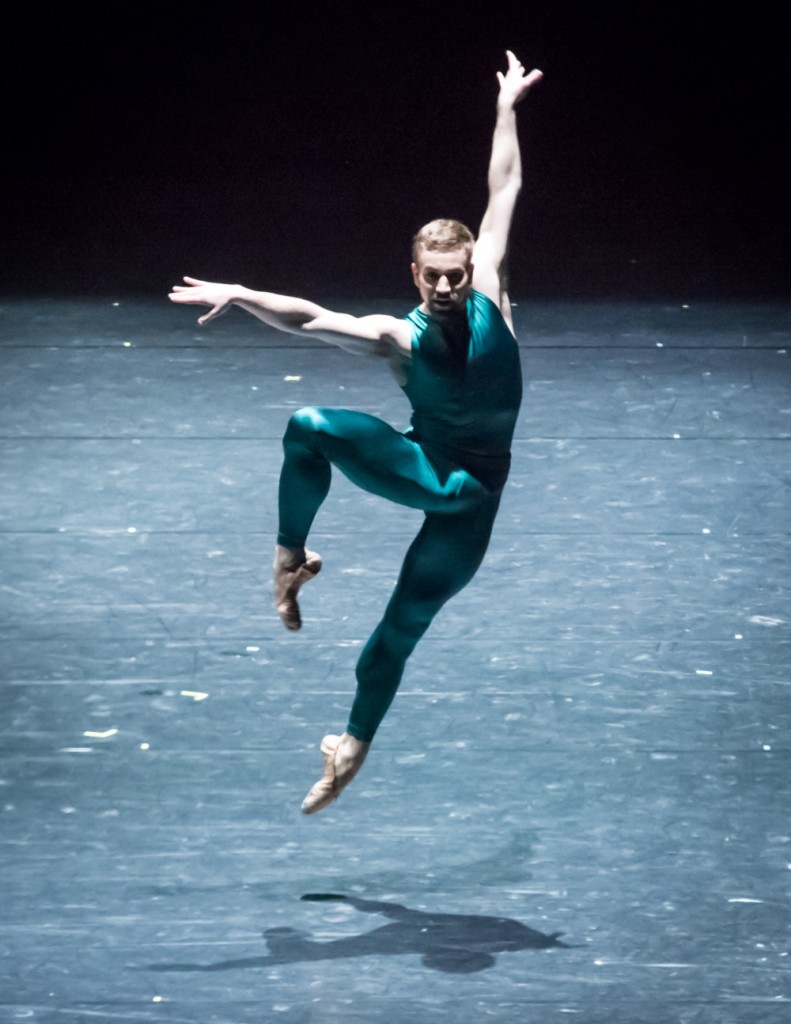 “When photographing Jón [Vallejo] in ‘In the Middle’ I went for catching the ideal position, the apex of the movement. It is an example of freezing motion, yet not completely. Still the movement’s dynamic comes through.”
“When photographing Jón [Vallejo] in ‘In the Middle’ I went for catching the ideal position, the apex of the movement. It is an example of freezing motion, yet not completely. Still the movement’s dynamic comes through.”
“The photo of Johan Inger’s “Walking Mad” was taken from the wings. From the front one doesn’t see the line between Jiří [Bubeníček] and Duosi [Zhu], the ballerina he is reaching out to. From the perspective of the audience the moment is framed by the girls running and the boys chasing them, and the two leads are very separated from each other. But from this angle it looks like he could almost reach her. I liked to show the activity on stage in the photo’s 
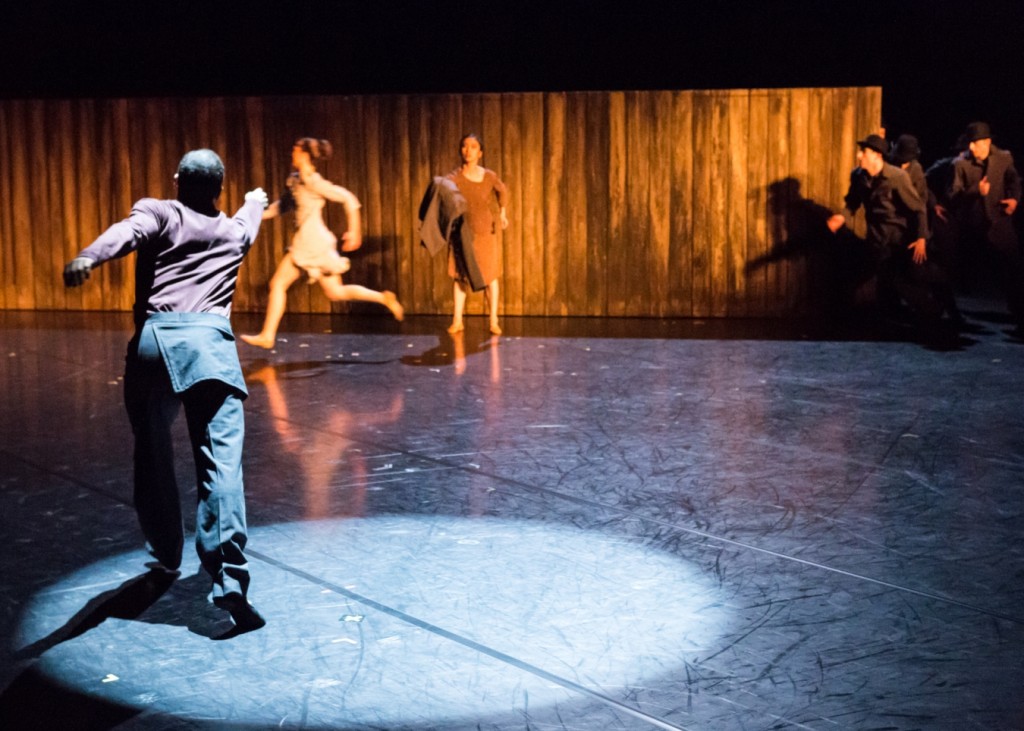 background and contrast it with that personal, intimate moment.”The same applies to the photo of Julia [Weiss] leaning against the wooden wall, also a scene of “Walking Mad”. She is the focal point, framed by the activity surrounding her.
background and contrast it with that personal, intimate moment.”The same applies to the photo of Julia [Weiss] leaning against the wooden wall, also a scene of “Walking Mad”. She is the focal point, framed by the activity surrounding her.
If a dancer disappears in “Walking Mad” the audience might think he or she left stage, but in fact the dancer is hidden behind 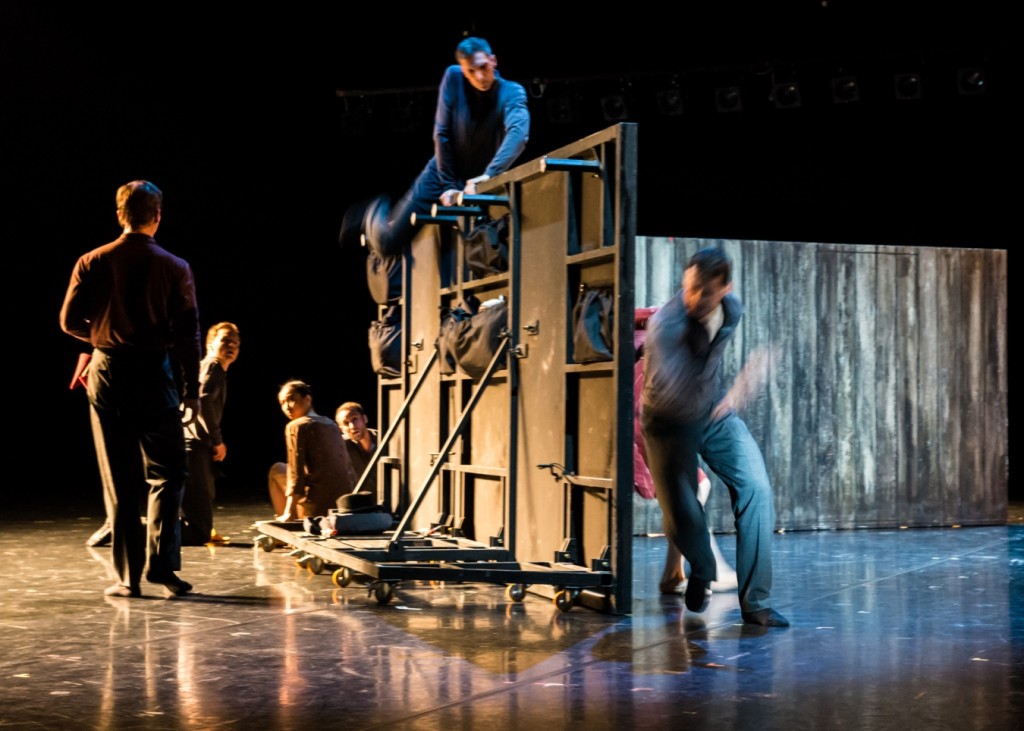 the wall. The way the wall is shaped the dancers can never leave during the show, instead they have to wait, sometimes for quite some time, until re-emerging in front. A glance from the wings reveals the secret life onstage.
the wall. The way the wall is shaped the dancers can never leave during the show, instead they have to wait, sometimes for quite some time, until re-emerging in front. A glance from the wings reveals the secret life onstage.
“The picture of Aaron S. Watkin’s “Swan Lake” (below) was taken in the third act. It shows Odette’s double appearing in the window. The role is only a small part in the production. Aidan [Gibson] is there for one moment in this halo of light. But it captures a crucial point of the fairytale when the prince realizes that he has been undone, that his world is destroyed. You don’t have to use your imagination to find the fairytale, it is all there in the picture. Aidan looks as if she is half woman, half bird – simply something different.”
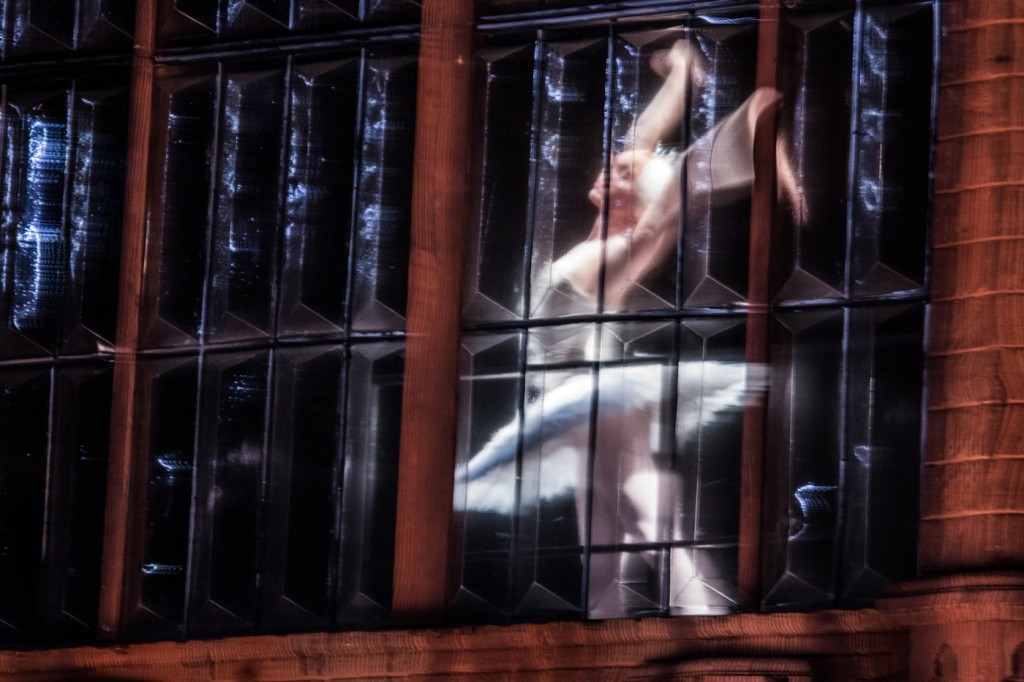 Whalen and his camera are regulars in the studios. To distinguish between the creative process and performances he usually does rehearsal photos in black and white. Stage photos have to be in color to document everything – costumes, makeup, lighting, set and so on. In the last season Whalen attended amongst others the rehearsals of Dawson’s “Tristan + Isolde” which he found especially fascinating. “Courtney [Richardson] and Fabien [Voranger] already knew each other from dancing the main characters in David’s ‘Giselle’ when starting work on ‘Tristan + Isolde’. To witness what David unlocked together with them in the studio was incredible. Their relationship, their mindfulness and also their knowledge about each other is very deep and I felt privileged to watch that piece come to life.”
Whalen and his camera are regulars in the studios. To distinguish between the creative process and performances he usually does rehearsal photos in black and white. Stage photos have to be in color to document everything – costumes, makeup, lighting, set and so on. In the last season Whalen attended amongst others the rehearsals of Dawson’s “Tristan + Isolde” which he found especially fascinating. “Courtney [Richardson] and Fabien [Voranger] already knew each other from dancing the main characters in David’s ‘Giselle’ when starting work on ‘Tristan + Isolde’. To witness what David unlocked together with them in the studio was incredible. Their relationship, their mindfulness and also their knowledge about each other is very deep and I felt privileged to watch that piece come to life.”
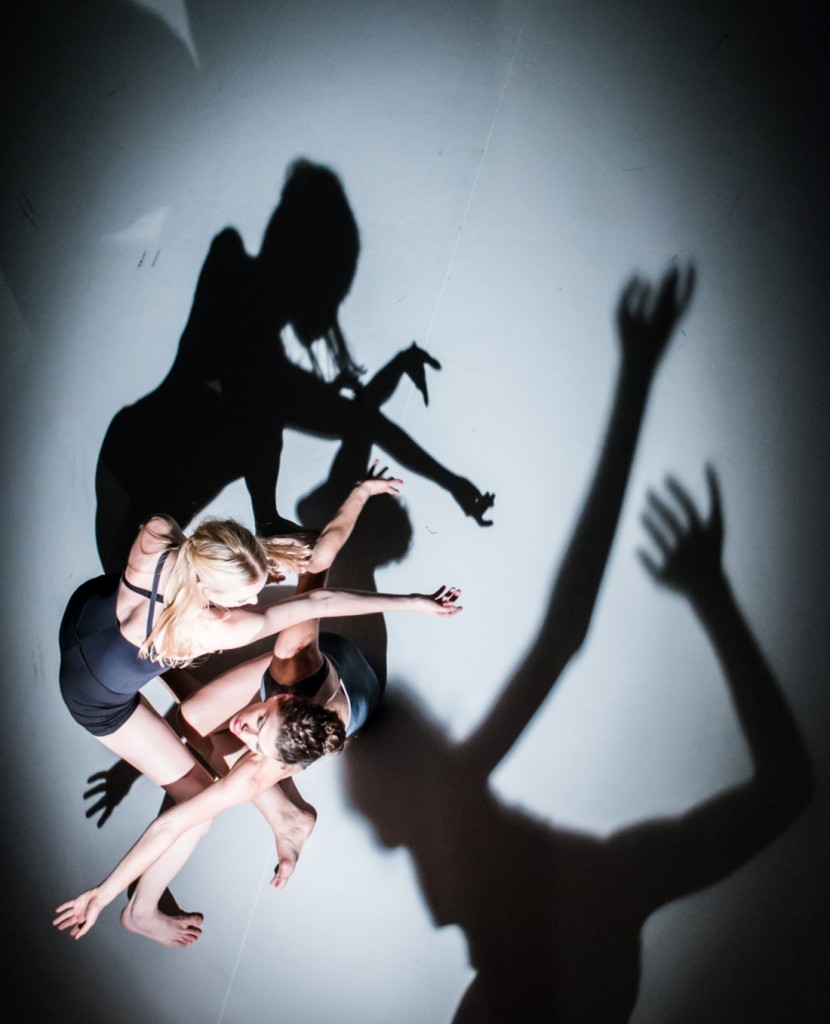 As Whalen is now a familiar face with the company, the dancers’ level of awareness of him has become much lower when he is present with the camera. “Very often when you walk with a camera into a room full of dancers they start to perform, even if it is a rehearsal, even if they are doing class. But when you get away from that and start to become part of the environment it gets much more interesting. You get to see unconscious things, more intimate moments.
As Whalen is now a familiar face with the company, the dancers’ level of awareness of him has become much lower when he is present with the camera. “Very often when you walk with a camera into a room full of dancers they start to perform, even if it is a rehearsal, even if they are doing class. But when you get away from that and start to become part of the environment it gets much more interesting. You get to see unconscious things, more intimate moments.
That matters less when you are shooting a performance. But during the last months of the past season in Dresden, after I had already shot each production from the audience’s perspective, I started to take performance photos from the wings to get the dancers’ perspective. I can’t imagine to doing that anywhere else without having a certain relationship with them. I would feel uncomfortable. Because you will be standing in the wings, you and the dancers have to move around each other and that needs a certain level of trust. But, when rotating the angle you shot from, the things one gets to see are so interesting! For example all the people standing in the wings, watching. Or the security guard sitting as close as possible to the stage in case of an emergency at every performance. And the audience never sees him. I saw all of that as a dancer, but to experience it from the perspective 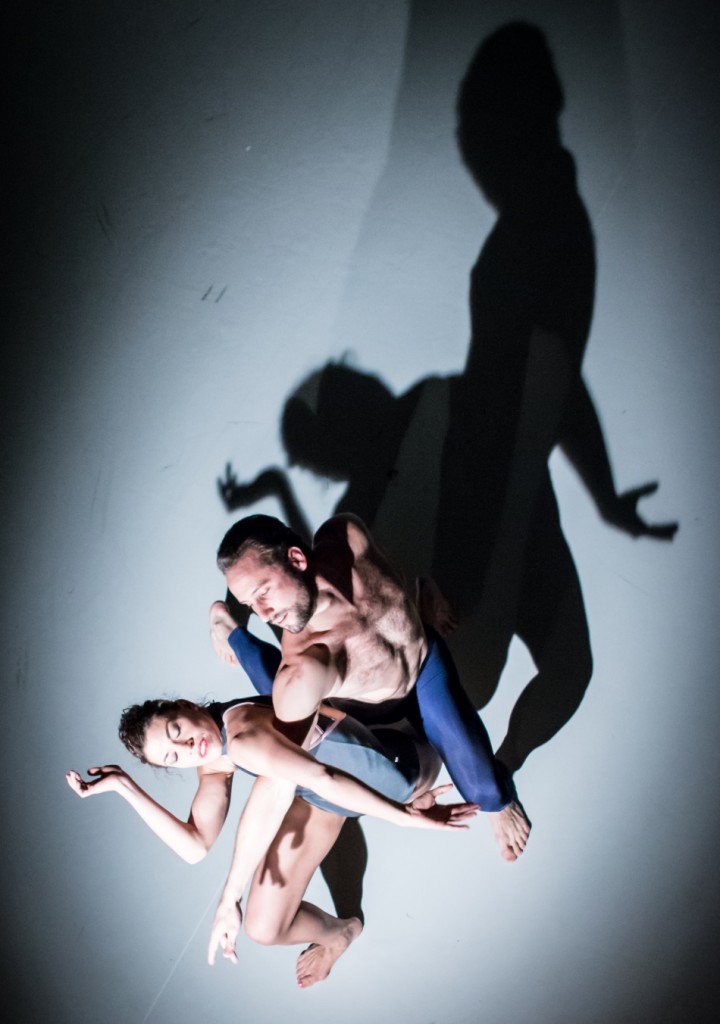 of a photographer was new. Shooting from the wings is something I definitely want to pursue.”
of a photographer was new. Shooting from the wings is something I definitely want to pursue.”
Whalen is also responsible for the company’s video clips. The trailers, like the one of a rehearsal of “Impressing the Czar” whet one’s appetite to see more.
Which photos are finally selected for further use is a joint decision made in Dresden by Watkin, as well as the respective choreographer and Whalen. The photos represent the quality of the house and Semperoper Ballet sets the bar high. “We carefully consider which ones will be given to the press, because those photos will be the introduction to the piece, the appetizers, but they shouldn’t give away the key moments. David [Dawson] and Bill [Forsythe] are, for example, very specific in their choices and that is how it should be, since the images are potentially the public’s first impression of their work. Generally discussions with the choreographers are very insightful. The choreographer has a different relationship than I have to what is happening on stage and what is seen in the photo. Sometimes that can be difficult to navigate.
“If I can do two shootings, I try to watch the piece through the eyes of the choreographer in the first one, because ultimately I have to represent their vision of the piece. In the second run I set my own priorities. My goal is always to capture something that will give the choreographer and the dancers a different insight in their own work. To reveal something else, something beyond what they have seen before and give them a fresh perspective. When shooting repertory which is widely known there are iconic images everyone associates with the respective piece. I want to find a moment that makes the piece new again.”
“Yet most stage photography has documentation purposes and hence has creative limitations. One can use different 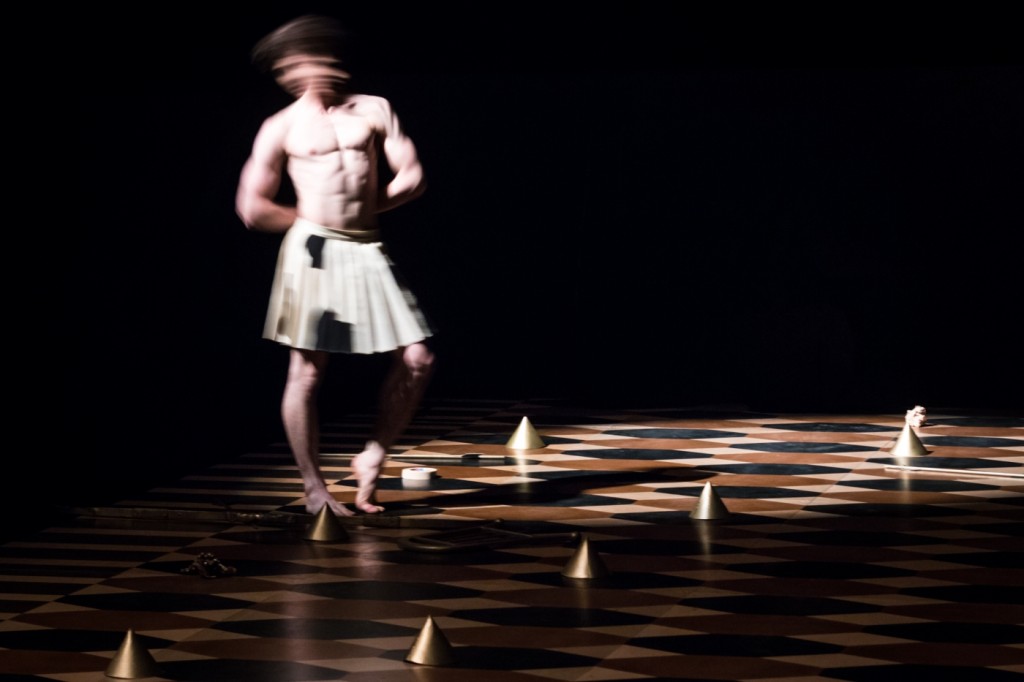 techniques and I hope that one can recognize my photos from the ones taken by others, that I have my own style.” To give his creativity further opportunities to bubble Whalen has developed his own projects. Taking photos of people interests him most; he shot fashion events and did an array of portraits. “But I’m less interested in taking landscapes except if it is something really, really special. A still standing tree would hardly make me unpack my camera. With the ocean it is different. It moves and each moment is always completely unique. I guess that is true for all kinds of nature, but especially the ocean speaks to me. There is, for example, an island in Maine which I’m very partial to and where I try to spend time taking photos.”
techniques and I hope that one can recognize my photos from the ones taken by others, that I have my own style.” To give his creativity further opportunities to bubble Whalen has developed his own projects. Taking photos of people interests him most; he shot fashion events and did an array of portraits. “But I’m less interested in taking landscapes except if it is something really, really special. A still standing tree would hardly make me unpack my camera. With the ocean it is different. It moves and each moment is always completely unique. I guess that is true for all kinds of nature, but especially the ocean speaks to me. There is, for example, an island in Maine which I’m very partial to and where I try to spend time taking photos.”
Most of his projects are collaborative works, because he enjoys cooperating with other artists. For some of them he again put on his dance shoes. In others he directed and filmed short videos like “Caroline” or “Jossia” in an old, empty town hall near Dresden. They don’t tell definite stories but are rather abstract, open for individual interpretations. And they include dance.
Whalen doesn’t have choreographic ambitions, yet hopes to create his own stage play in the course of the next year. Again, it will be a team project, as he feels most inspired when he has to explain his ideas to other people. He needs a foil, someone to talk with, someone who questions him, to spark his fire. The chemistry when his and others’ creativity amalgamate brings out the best in him.
(The interview has been edited for clarity.)
| Links: | Ian Whalen’s Homepage | |
| Homepage of Semperoper Ballet Dresden | ||
| Photos: | 1. | Ian Whalen |
| 2. | Elena Vostrotina, “Enemy in the Figure” by William Forsythe, Semperoper Ballet Dresden | |
| 3. | Jón Vallejo and Elena Vostrotina, “Enemy in the Figure” by William Forsythe, Semperoper Ballet Dresden | |
| 4. | Laurent Guilbaud and Svetlana Gileva, “In the Middle, Somewhat Elevated” by William Forsythe, Semperoper Ballet Dresden | |
| 5. | Jón Vallejo, “Im anderen Raum” (“In another sort of room”) by Pontus Lidberg, Semperoper Ballet Dresden | |
| 6. | Ensemble, “Cacti” by Alexander Ekman, Semperoper Ballet Dresden | |
| 7. | Ensemble, “In the Middle, Somewhat Elevated” by William Forsythe, Semperoper Ballet Dresden | |
| 8. | Elena Vostrotina and Raphaël Coumes-Marquet, “In the Middle, Somewhat Elevated” by William Forsythe, Semperoper Ballet Dresden | |
| 9. | Jón Vallejo, “In the Middle, Somewhat Elevated” by William Forsythe, Semperoper Ballet Dresden | |
| 10. | Jiří Bubeníček, Duosi Zhu and ensemble, “Walking Mad” by Johan Inger, Semperoper Ballet Dresden | |
| 11. | Julia Weiss and ensemble, “Walking Mad” by Johan Inger, Semperoper Ballet Dresden | |
| 12. | Ensemble, “Walking Mad” by Johan Inger, Semperoper Ballet Dresden | |
| 13. | Aidan Gibson (Odette’s Double), “Swan Lake” by Aaron S. Watkin, Semperoper Ballet Dresden | |
| 14. | Courtney Richardson and Aidan Gibson, shadow play, Semperoper Ballet Dresden | |
| 15. | Courtney Richardson and Fabien Voranger, shadow play, Semperoper Ballet Dresden | |
| 16 | Julian Amir Lacey (Mr. Pnut), “Impressing the Czar” by William Forsythe, Semperoper Ballet Dresden | |
| 17. | Ensemble, “Impressing the Czar” by William Forsythe, Semperoper Ballet Dresden | |
| all photos © Ian Whalen 2015 | ||
| Editing: | Laurence Smelser, Agnes Farkas |
